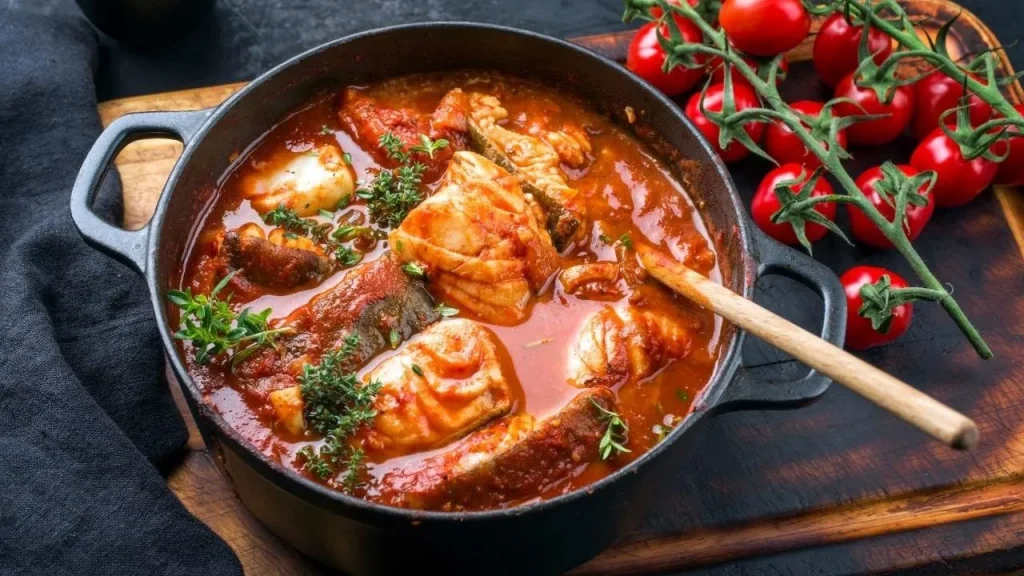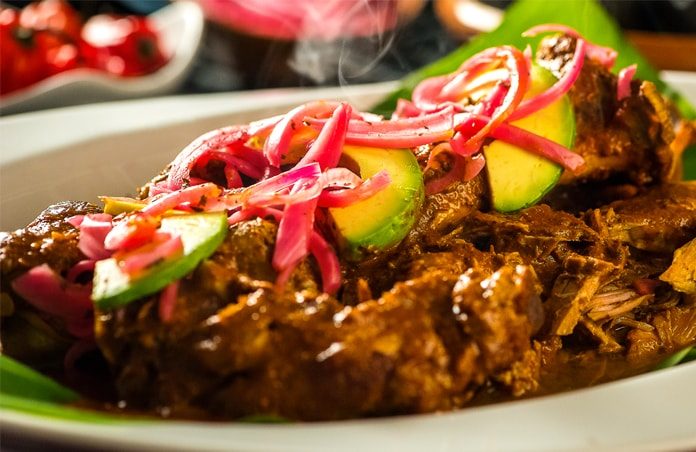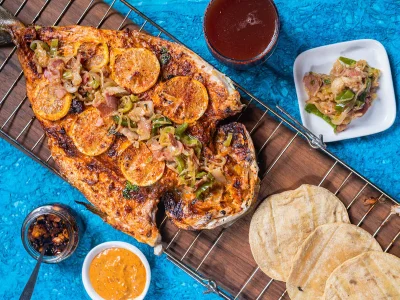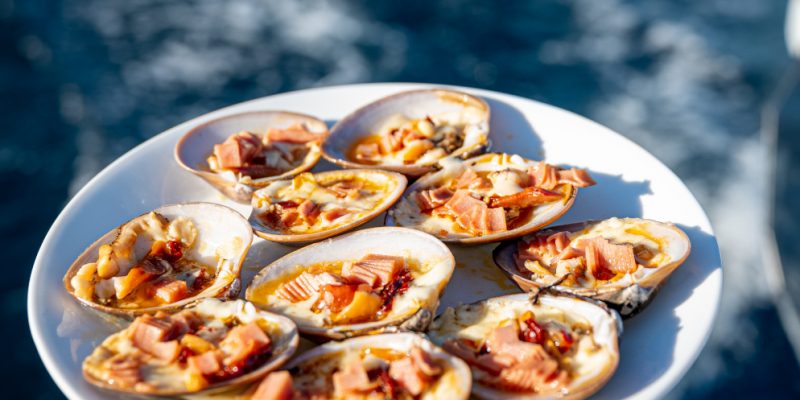
Mexico is art, folklore, traditions, and it is gastronomy. And to better understand why this country stands out in the gastronomic field, we have to delve into its history.
The origins of gastronomy in Mexico date back to the pre-Hispanic era, and what we can appreciate nowadays is the result of the influence it has received from other countries, Spain mainly: a mestizo feast of flavors and textures.
With such a vast territory extension, it is easy to see why different regions bloom with a wide variety of flora, fauna, ecosystems, and climates, but also in customs depending on the ethnic groups inhabiting each one.
This is why we have taken up the endeavor of unfolding our gastronomy in 5 major regions and providing an enriching approach to the bounty, flavorful and enticing Mexican cuisine.
Join us in this new series entitled Exploring Mexican Gastronomy One Region at a Time, where we aim to pay homage to the gastronomic traditions of this country.
A little bit of history | Pre-Hispanic and Conquest eras:
According to Fray Bernardino de Sahagún’s “General History of Things in New Spain”, original people from Mexico used a wide variety of birds, fish, hunting, fruits, cereals, herbs, and spices. After Christopher Columbus reached the shores of the American continent in 1492, other trips followed. The arrival of the Spanish, English, French, Dutch and Portuguese explorations took place and founded colonies. And the merging of two civilizations aroused. America received from Europe horses, cows and pigs, sugar cane, citrus fruits, and wheat, while the Old World obtained corn, potatoes, tomatoes, tobacco, cacao, and rubber.
Hope you enjoy this first episode dedicated to the North-northwest region, home of the Baja California Peninsula.
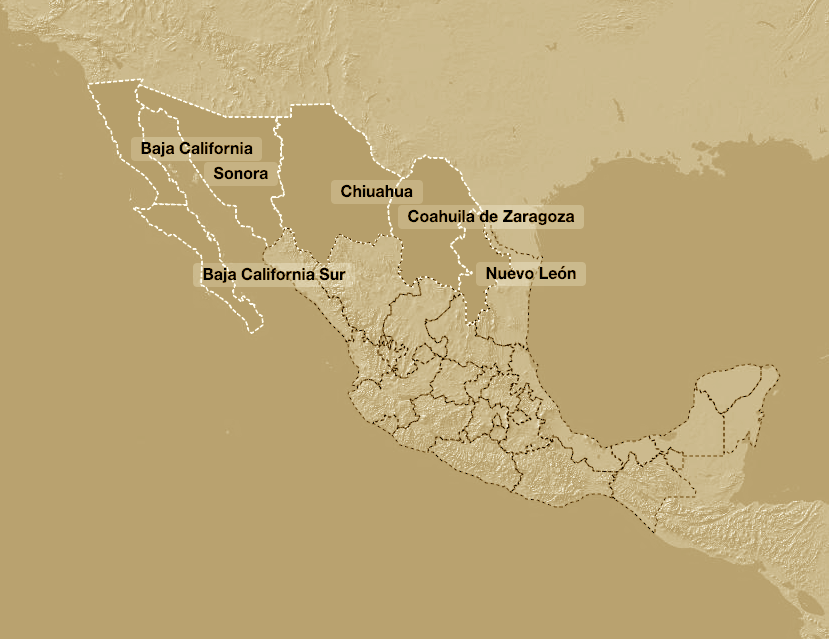
Baja California
The variety of dishes found in Baja California is rich in fish and shellfish that includes abalone, tuna, clams, squid, scallops, shrimp, rock crab, snail, mussel, percebes “goat leg”, octopus, ray and sardine, which are frequently part of ceviche preparations, cocktails, breaded, with garlic mojo, grilled, a la diabla and on skewer brochetas.
Fish tacos, Siete Mares broth and lobster —especially Puerto Nuevo style served with flour tortillas, rice and beans— stand out in the state’s gastronomy, but also dishes prepared with beef meat plays an important role in the customs of Baja California.
Chile con carne is an example, and even when it is believed to have its origin during the Tex-Mex boom, the fact is that it has been part of northern gastronomy since the Colonial era. Other dishes include roast beef, dried beef machaca, beef stew and burritas.
It is also the most important wine producer in Mexico.
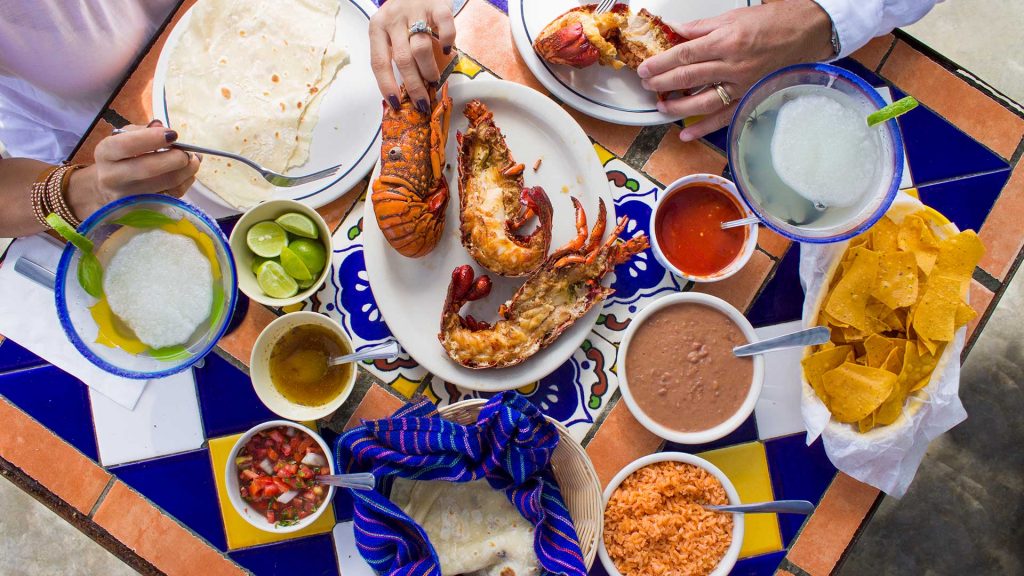
Baja California Sur
Boasting an extensive coastline, Baja California Sur’s gastronomy is based mainly on fish and shellfish. Among the most traditional dishes you can find fish meatballs made of tuna, cabrilla or marlin, shrimps with tamarind and date sauce, lobster salad, fish machaca, loggerhead and fish soups and the typical tacos filled with squid, shrimp, manta ray, oyster or fish. Clams are highly appreciated in the state; It is prepared roasted, in ceviches, cocktails, salads and marinades. Shrimp and other shellfish are cooked a la diabla, mojo de ajo, ranchera and breaded, among other preparations.
Some of the most representative regional non-fish stews include cecina, wedding salad, beef fillet in date sauce, frijoles borrachos or drunken beans, beef machaca, pozole, French bread, chickpea soup and chicken tamales with green sauce. In the last decades, Oaxacan peasants arrived to work in cotton crops, influencing regional cuisine with chorizo, beans with pork, pozole and tamales.
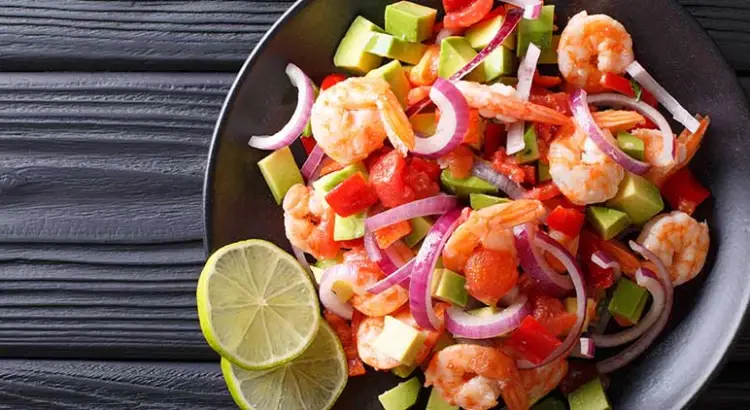
Chihuahua
Due to the extreme climates of the region, the original people in Chihuahua had to take advantage of the short harvest periods to preserve and store food. That is why they use to dehydrate and dry grains, vegetables, fruits and even meats.
The Tarahumara or Rarámuri community has made great contributions to the gastronomy of the state. With the simplicity of their products and their limited resources, they managed to create their own cuisine, which in many cases has served as the basis for mestizo dishes.
Among its most important drinks and preparations are wheat atole, chapore, skiate, pinole, satúmali (pinole), sotol, aleluya tortilla and tesgüino, as well as preparations based on regional beans such as sulfur beans, butter, and tecómare. In some communities, food during Lent is very important and dishes such as coritos and the seven stews: nopales in red chili, shrimp torrejas, capirotada, lentil soup, stewed beans, jackals and pipián.
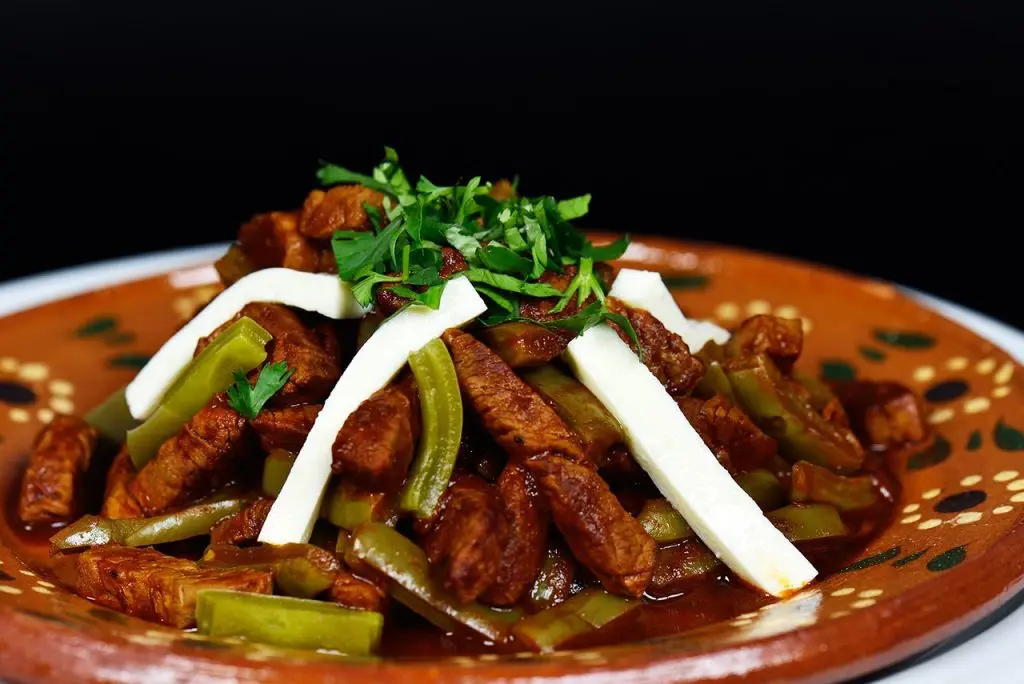
Coahuila
The ethnic groups that inhabited the area before the arrival of the Spaniards were nomadic tribes that left no records behind; being the Kikapúes—originally from what we know today as Wisconsin, Texas, Arkansas and Oklahoma and settled in Mexican territory in 1824—the only indigenous people currently inhabiting the area in a town called El Nacimiento.
The second ethnic group established in Coahuila are the Mascoga community, descendants of an Afro-Mestizo community (Afro-Americans and Seminoles from Florida) from the United States, which settled in Coahuila in 1850.
Both communities are relatively independent, thus the influence of their food customs in the cuisine of Coahuila is minimal, but still present in dishes such as lamb in a ‘coffin’, chicales corn stew, viscelles rinds, macho, patagorría stew and soske (maize atole).
Among the most traditional dishes: Almond mole, wedding stews and pork roasts, barbecue, meat with red chili, carne asada, beef cutlet, chorizo, red and ‘olla’ enchiladas, charro beans, fried black bass, machaca, menudo tripe soupe, quesadillas, ‘lagunero’ tacos. Goat kid is eaten in different ways: roasted, baked, al pastor, in broth, enchiladas and fried. The dishes thara prepared during Lenten are an important part of religious traditions in Coahuila; It includes shrimp meatballs, bichicoris (dried succhini), chicales, chicory, nopales with chili, pipián with nopales, shrimp, izote flower and potato tortitas.
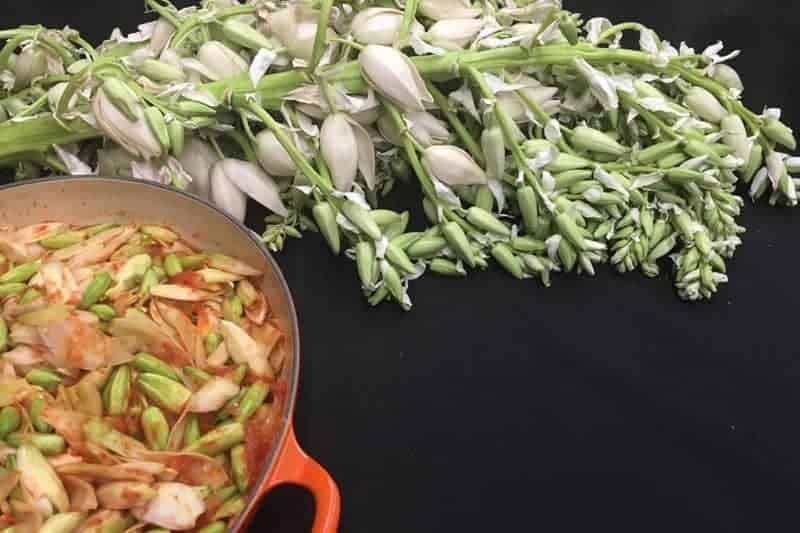
Nuevo León
Neo-Leonese cuisine has its origins in the Spanish Catholic and Jewish cuisines, and also in the legacy of Tlaxcalan Indians from Central Mexico who arrived to the region and introduced the drying techniques to preserve food, due to the extremely hot climate and the infertility of the land.
Nuevo León is known for the high-quality cuts of beef traditionally accompanied with charro beans, tomato and “borracha” sauce, served with flour tortillas. The dishes made with (goat) kid have been inherited from the Jewish, especially roasted, baked, in broth and ‘in its blood’.
The state has several traditional homemade, festive stews, such as shrimp meatballs, roast pork, dried meat stew, biznaga cabuches, cazuelitas, chalupas, norteño stuffed chilies, coajitos, empalmes, enchiladas norteñas, chicken and pork flautas, gorditas, izote flower tortitas, machaca, machaca with egg, menudo tripe stew, migas, nopales with chili and pipián, asadero cheese quesadillas, tamales in different presentations: red, beans, creamed corn and norteño, sweet flour tortillas, shrimp and potato tortitas, and pork sangrita.
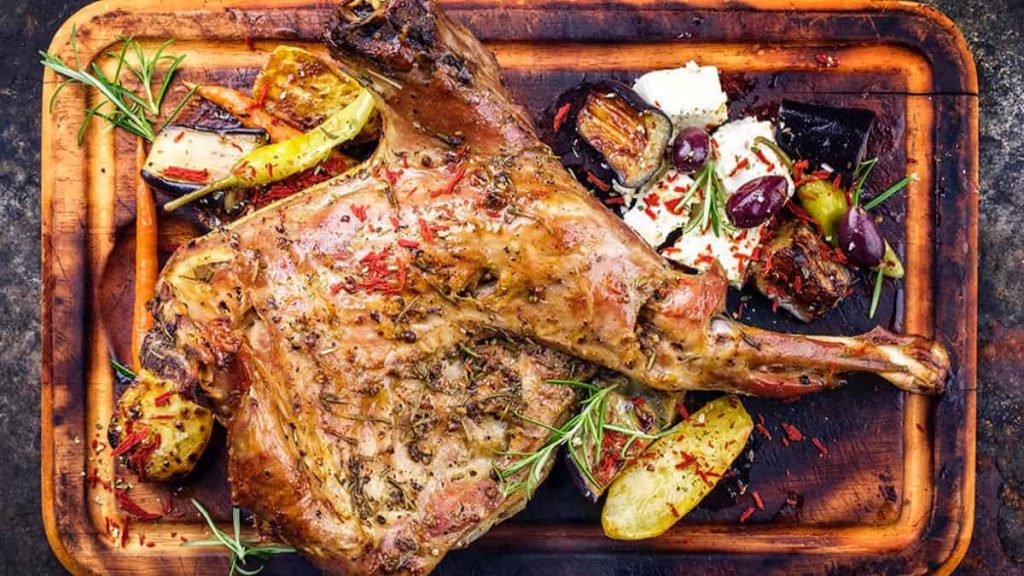
Sonora
Undeniably one of the beef capitals in Mexico, Sonora offers a wide selection of fine cuts American-style, and beef-based dishes like machaca, flank steak and roast beef, always accompanied with beans and flour tortillas. As in many coastal states, loggerhead and totoaba stews were part of the culinary traditions in Sonora, but today both are considered endangered species. Fish and shellfish are found widely on the coasts, being some of the most representative: clams, tuna, shrimp, squid, manta rays, mojarra and oysters. Cooking styles include a la diabla, al mojo de ajo (garlic), broths, ceviche, cocktails, marinades, machaca, breaded, baked and fried.
Don’t be surprised to find particular preparations, like clams with garlic sauce, in beer sauce or stuffed; Tuna is present in skewers, croquettes, empanadas, enchiladas, hamburgers and stuffed tomatoes, typical milanesas, chorizos and stews are prepared with squid, manta rays are grilled, mojarra fish is cooked in cilantro sauce or in red chili sauce, and even in tamales, and the oysters are baked and pickled.
Meat-based dishes include agua de gallo, beef meatballs, potted beef heads, cheese broth (which is the most popular soup in the state), chili with cheese, casseroles, enchiladas from Sonora, grilled chicken, puchero stew, cooked cheese, güera (blonde) sauce, the caramel and lorenzas tacos, the Turks and various stews based on nopales. Burritas and the chivichangas and the red and green chilies from the north, which are used in the tomato sauce and in the meat with red chili ara among the most popular antojitos. Many years ago, venison was used to b eaten roasted, in meatballs and in red chili stews.
